Brazing ovens are widely used in industrial brazing applications because they lend themselves to mass production and because they are easily operated by unskilled laborers. Furnace brazing is a better method for mass production than other brazing methods for a number of reasons. Read More…
Weiss Envirotronics is a worldwide leader in the design, manufacturer and service of environmental test chambers. A complete line of standard and custom chambers, from bench top models to full walk-in and drive-in solutions to meet any testing requirement. Not sure what you need? Let one of our applications engineers help. Weiss Envirotronics, Inc is ISO 9001 registered and A2LA accredited.

Complete finishing systems are designed around your specific process needs and are optimized to fit within your space requirements. We specialize in producing paint systems for wet and powder coatings, while also providing comprehensive design, fabrication, installation, start-up, and training services. Our complete finishing systems consist of an overhead conveyor, pretreatment washer, dry-off...
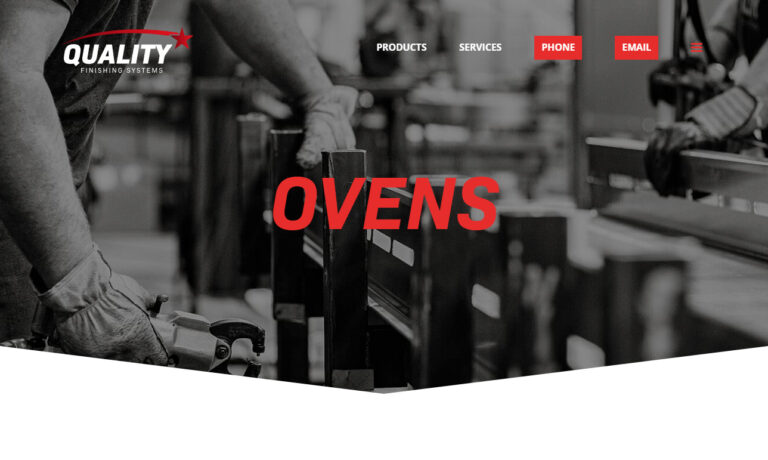
Surface Combustion offers a diverse product offering for batch, continuous furnace designs for atmosphere, non-atmosphere, or vacuum processing of ferrous and/or nonferrous components/materials. The convection design is optimal for temperatures between 350°F – 1400°F and are engineered to perform and built to last.
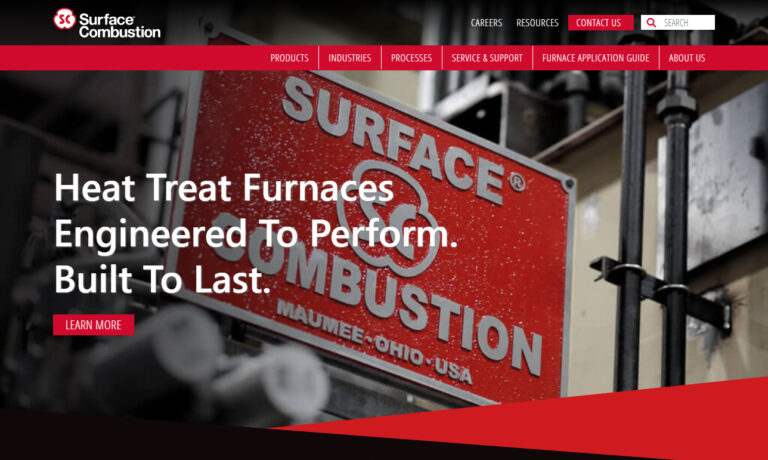
Since 1961, Thermal Engineering’s process & finishing systems contribute to the product quality of many automobile, furniture, paper, plastic & building products. Thermal’s industrial ovens offer savings in regards to time, energy & space and its solutions are designed for maximum flexibility for customers' use and with all applicable safety & code requirements that encompass a quality system.

Kleenair Products designs, engineers and manufactures high quality industrial ovens for industrial process systems. Our aging ovens, coloring ovens, drying ovens and food baking ovens serve many industries. We test fire each oven before shipping, guaranteeing your satisfaction. You will also find other process systems at Kleenair, including furnaces, drying systems, and energy recovery equipment.
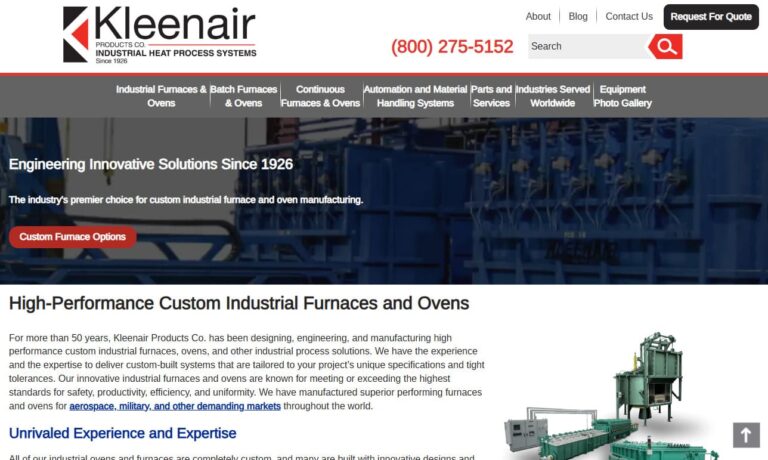
C.A. Litzler Co. is ready to help you with your heat processing needs. With 60 years of designing and manufacturing experience, you can rest assured that the industrial oven you need can be built by us. We are determined to find the product that will meet your every need and requirement. Visit our website or give us a call today to learn more about how we can meet your needs.

More Brazing Oven Manufacturers
First is the ease with which brazing ovens can produce large numbers of small parts that are self-locating or easily jigged. Additionally, because brazing ovens use controlled heat cycles, this process allows the use of parts that would likely distort under localized heating and eliminates the need for post-braze cleaning.
Brazing oven atmospheres offer another advantage by providing the metal part protection against oxidation. Common atmospheres include inert, reducing and vacuum atmospheres. Other advantages of using brazing ovens include: low unit cost when used in mass production, close temperature control and the ability to braze multiple joints at once. Ovens are typically heated using gas, electricity or oil, depending on their application and type.
There exist four main standard types of brazing ovens from which a potential customer may choose for his or her brazing operation: batch, continuous, retort with controlled atmosphere, and vacuum. Batch type brazing ovens offer the advantage of relatively low start-up costs, and they can heat each part load separately. Additionally, the ability to turn them on and off at will reduces overall operating costs.
Batch type brazing ovens are best for medium to large volume production, but they offer a large degree of flexibility when it comes to what types of parts they can braze. To control oxidation and cleanliness, batch ovens are compatible with both controlled atmospheres and flux. Continuous type brazing ovens best serve a steady flow of similarly sized parts, frequently fed through the oven's hot zone on a conveyor belt.
They most often use controlled atmosphere or pre-applied flux. Because they offer the benefit of very low manual labor requirements, continuous ovens are a great choice for large scale operations. Retort ovens stand apart because they have a sealed lining called a "retort." Said retort is generally either sealed with a gasket or welded shut, filled completely with the intended atmosphere and heated externally by conventional elements.
It is almost always made of heat and oxidation resistant alloys. Retort ovens may be built as batch or semi-continuous models. Finally, vacuum type brazing ovens are a relatively economical method of oxide prevention, most often used to braze materials with very stable oxides that cannot be brazed in atmosphere ovens, like aluminum.
Vacuum brazing ovens are also relied upon for the brazing of refractory materials and other unconventional alloy combinations unsuited to atmosphere ovens. Since these ovens do not have flux or a reducing atmosphere, part cleanliness is of the utmost importance. Vacuum ovens, which are most commonly batch type and suited to medium and high production volumes, come in three main types: single-wall hot retort, double-walled hot retort and cold-wall retort.

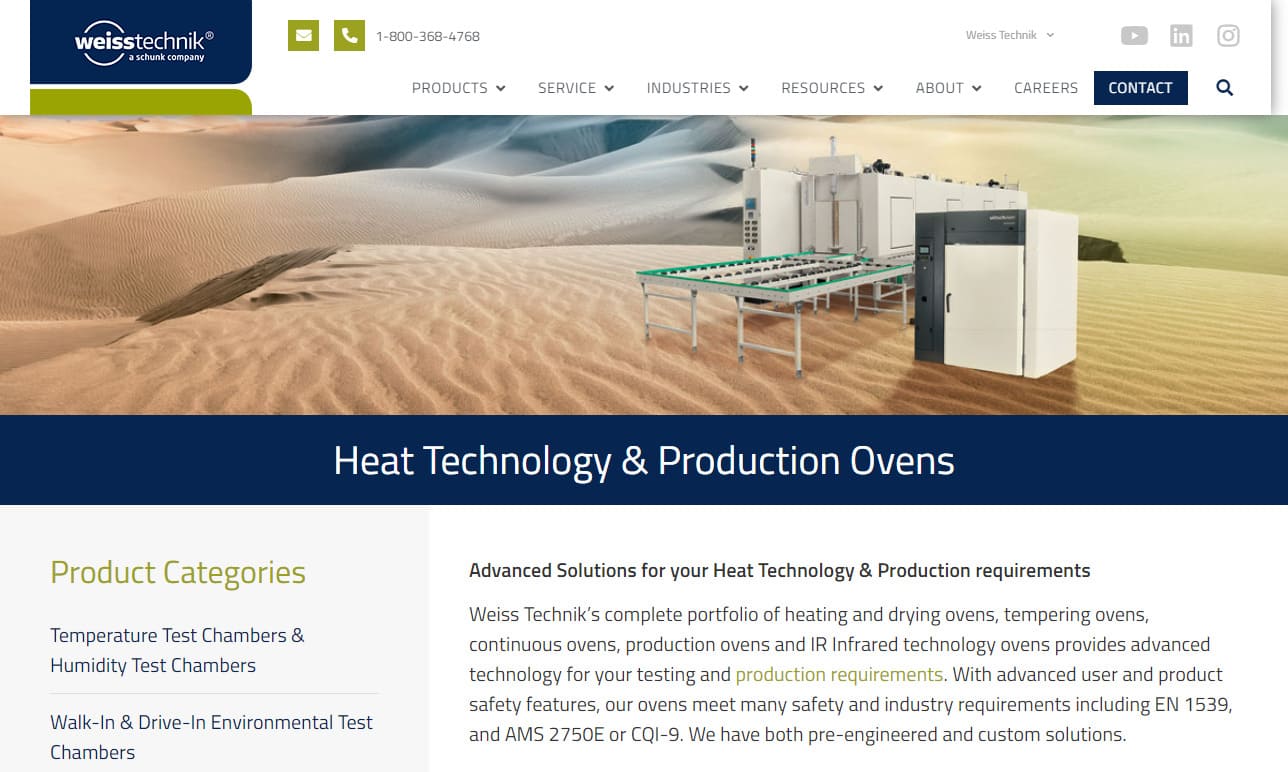





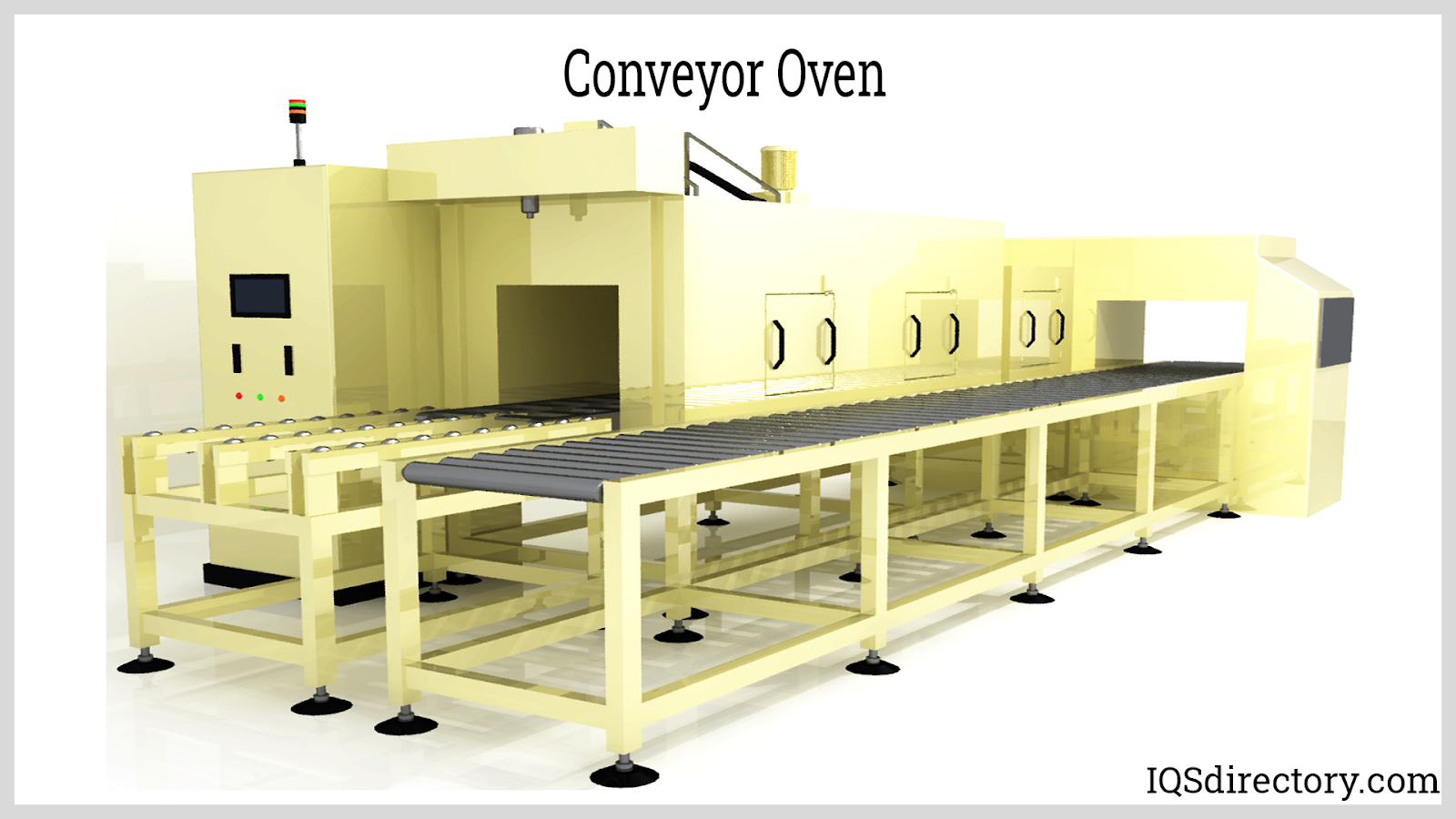
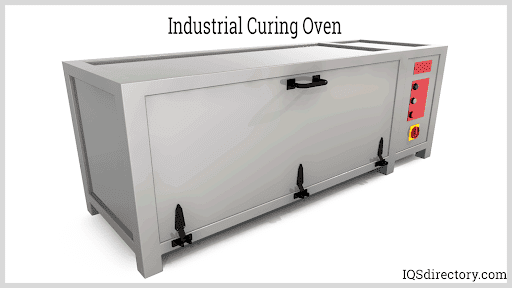
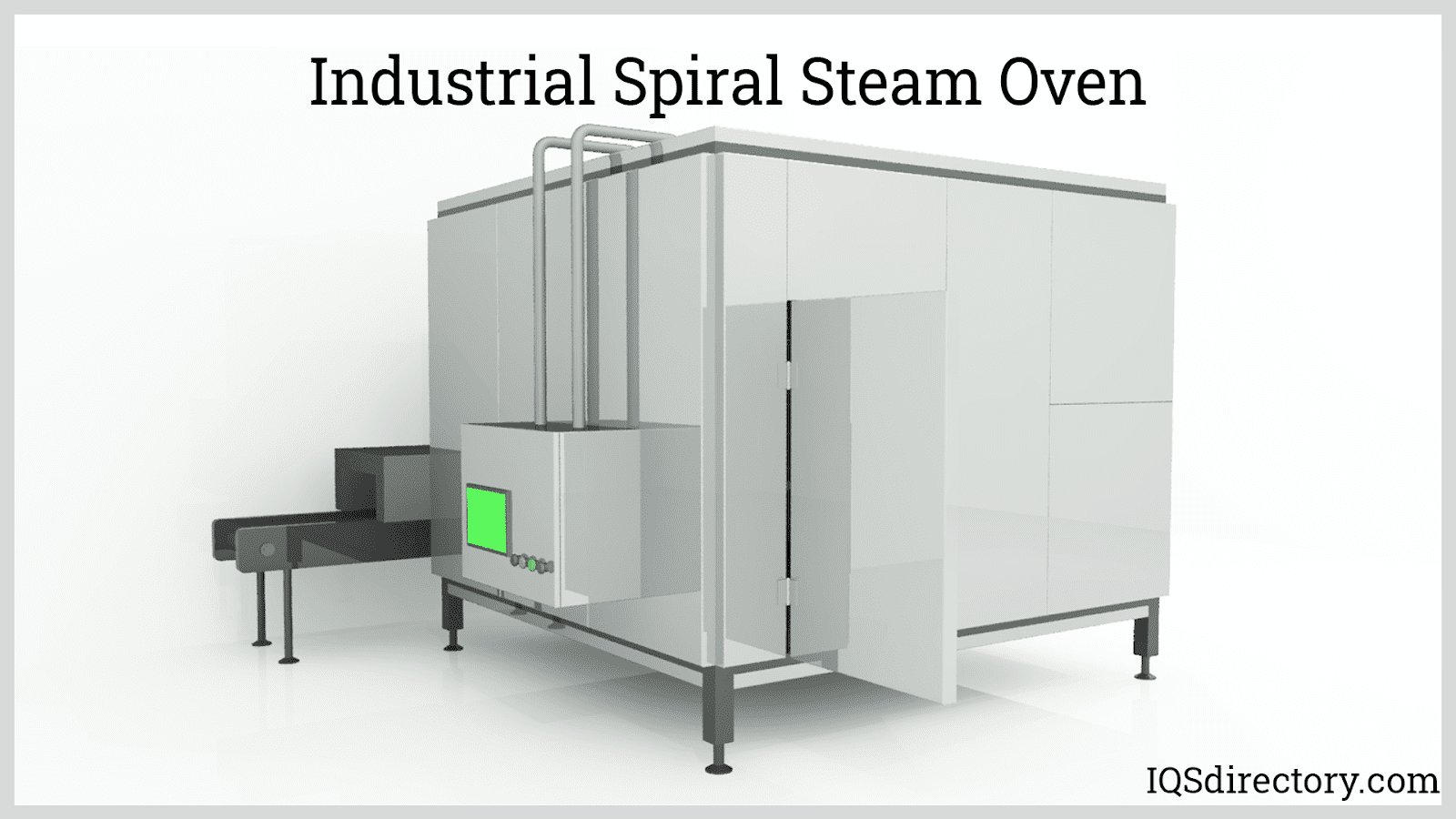
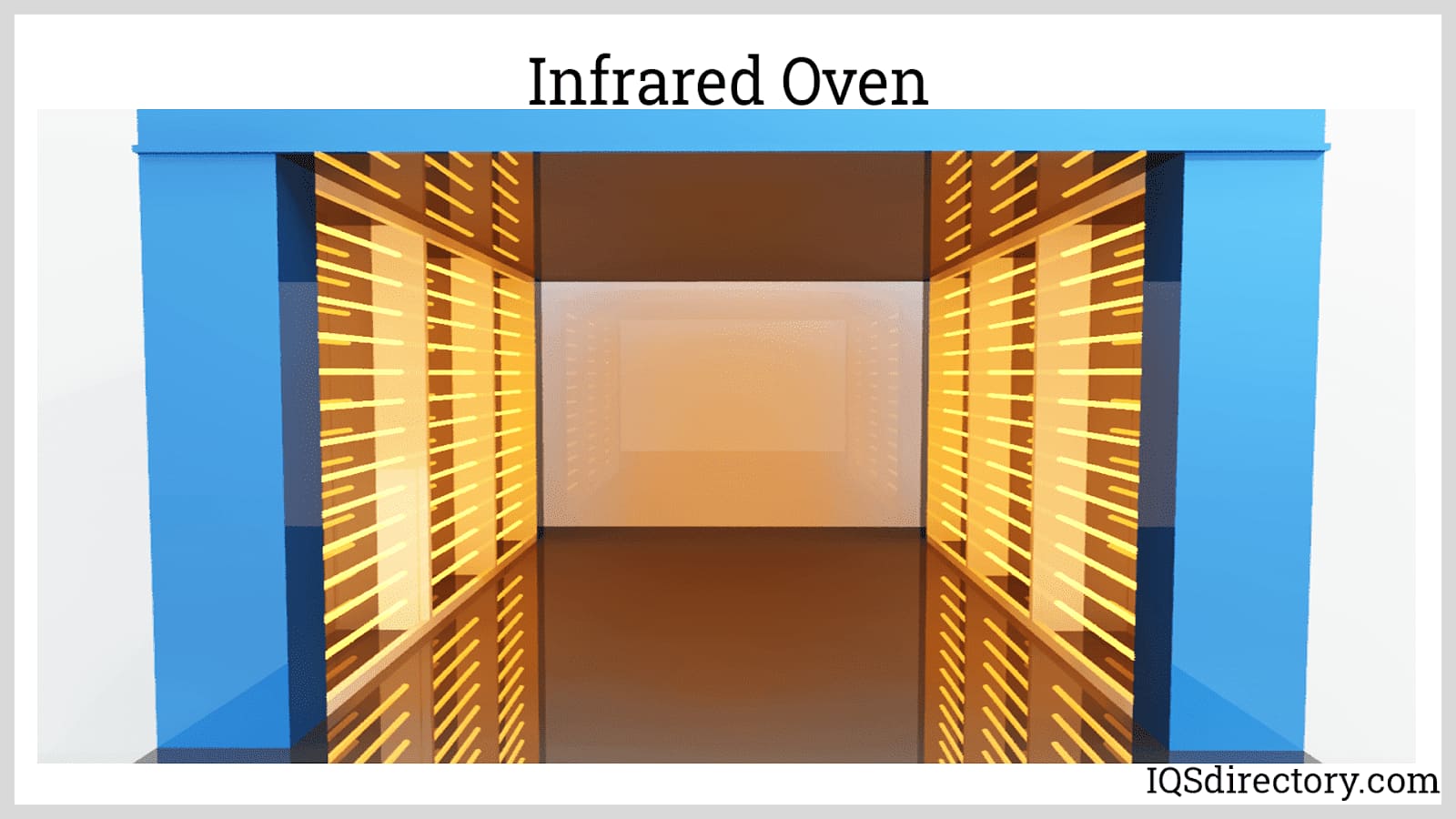
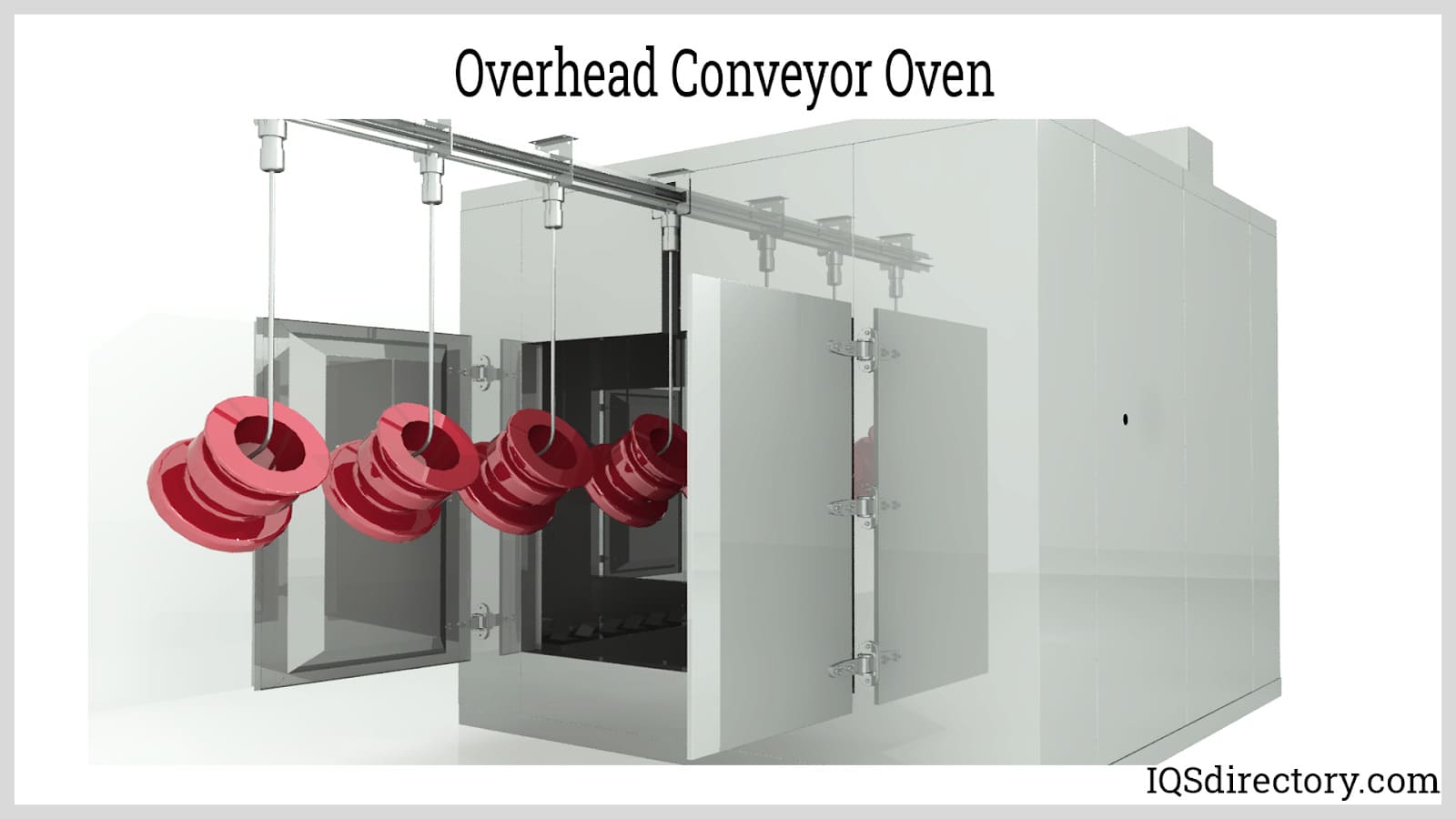
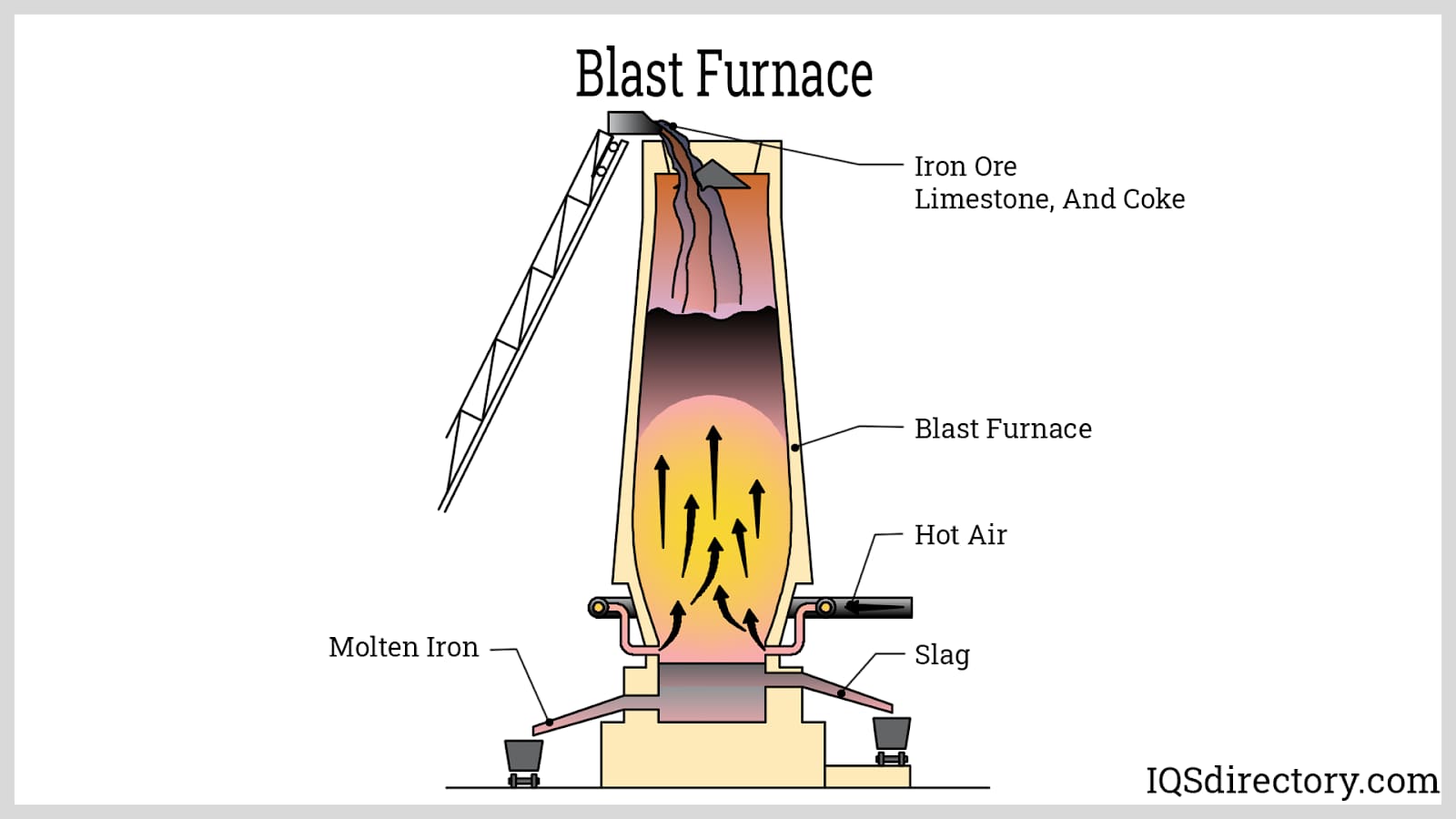
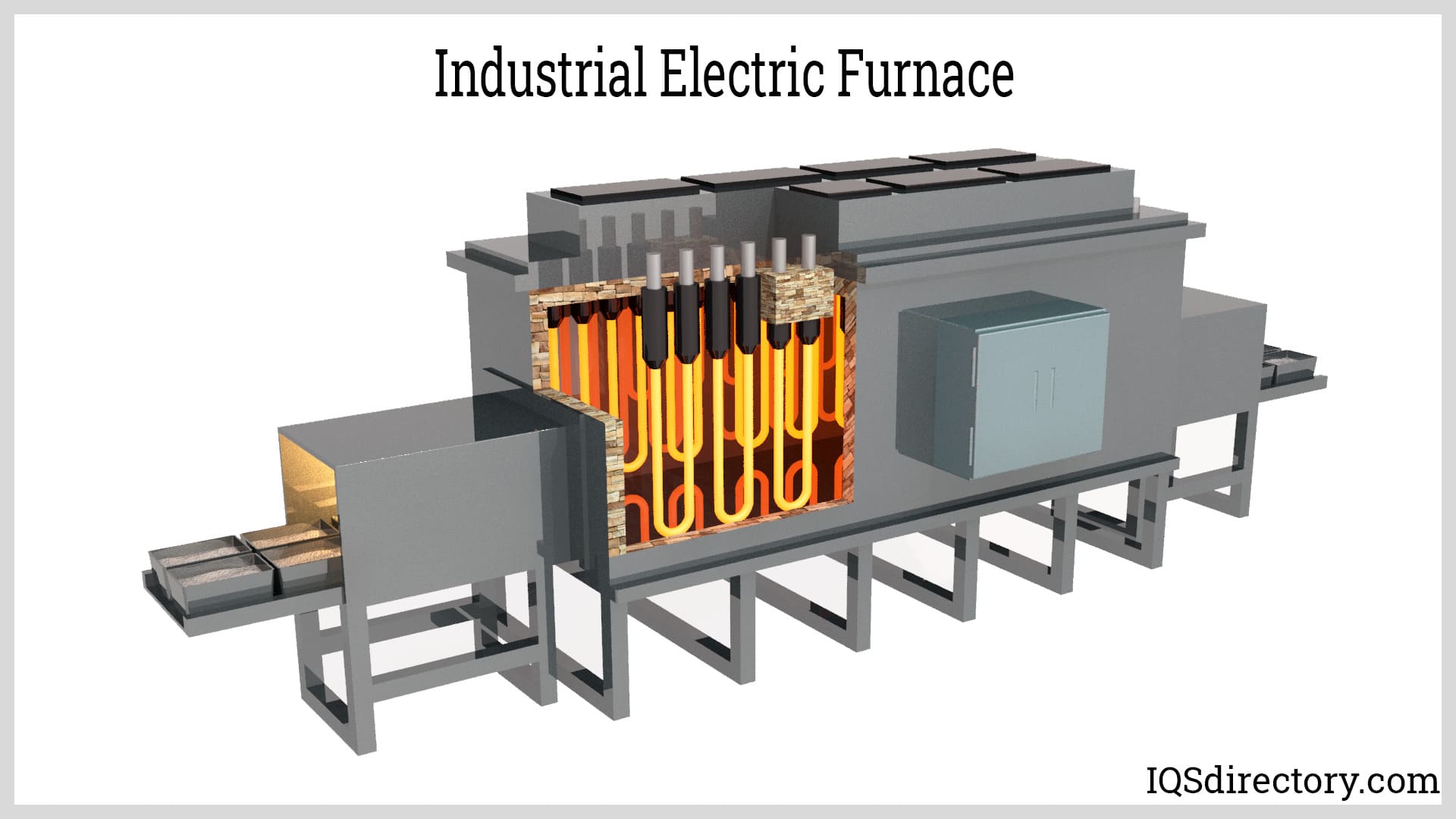
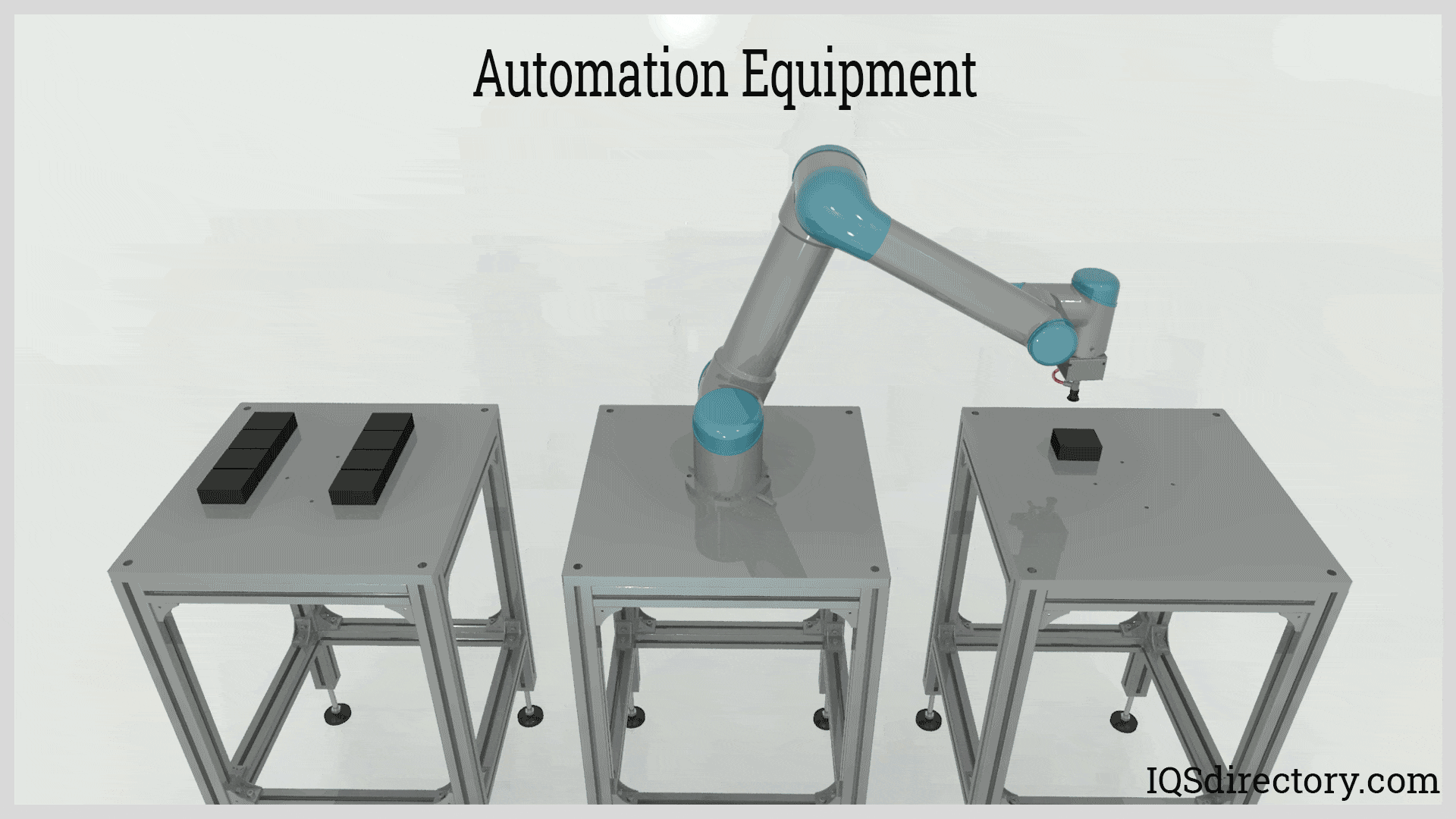
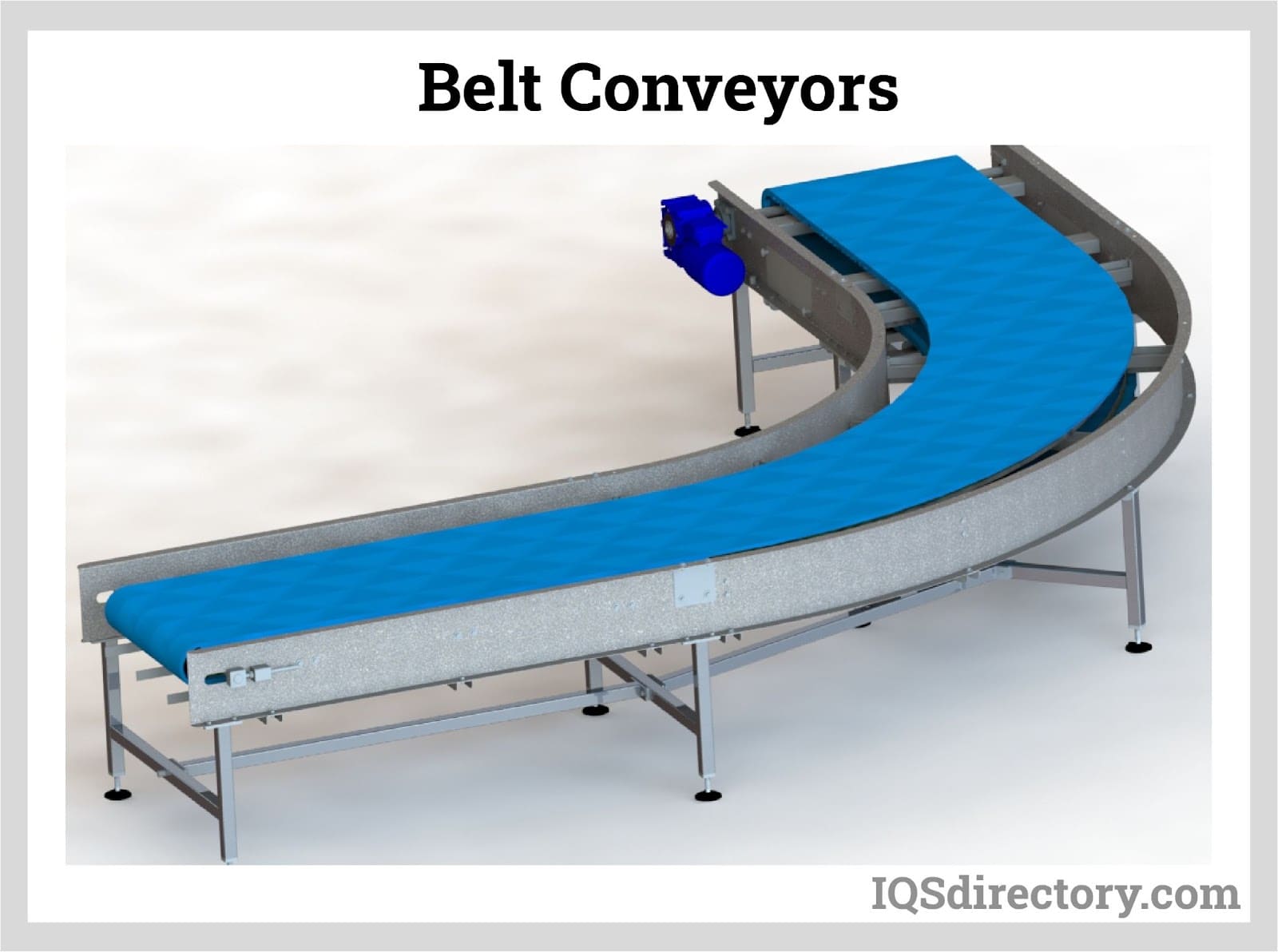
 Electric Heaters
Electric Heaters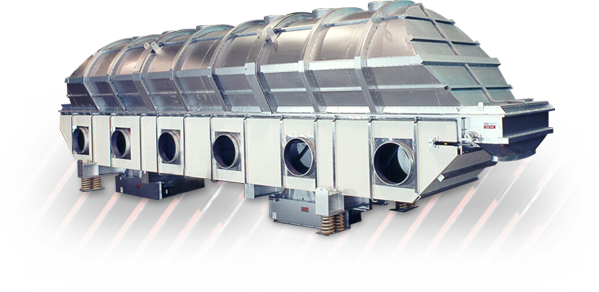 Industrial Dryers
Industrial Dryers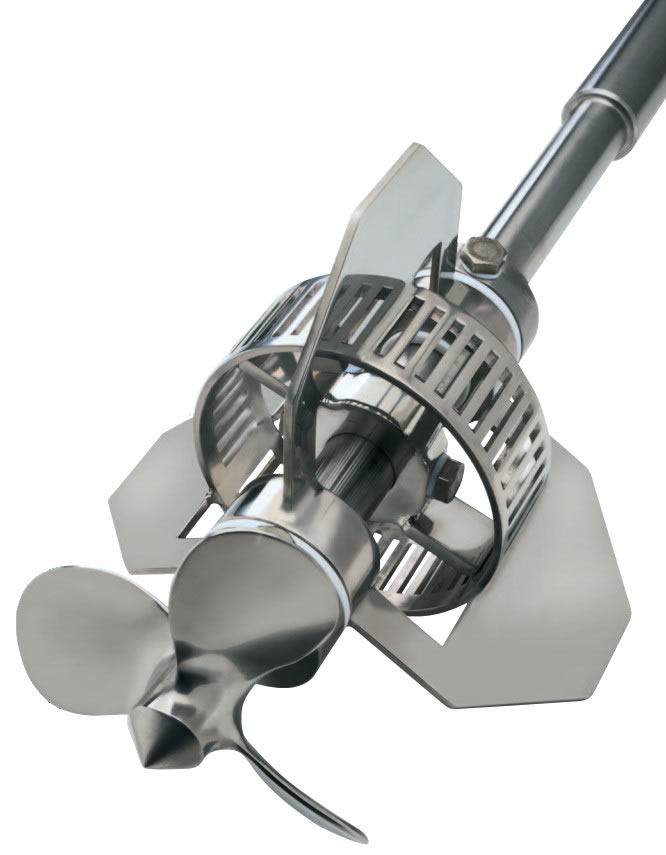 Industrial Mixers
Industrial Mixers Industrial Ovens
Industrial Ovens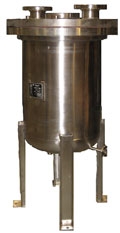 Pressure Vessels
Pressure Vessels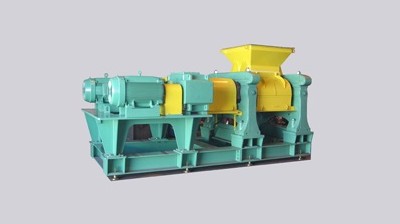 Pulverizers
Pulverizers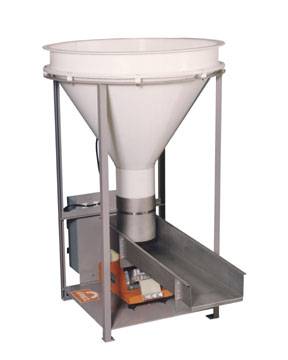 Vibratory Feeders
Vibratory Feeders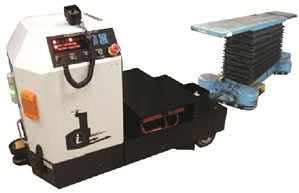 AGV
AGV Air Pollution Control
Air Pollution Control Assembly Machinery
Assembly Machinery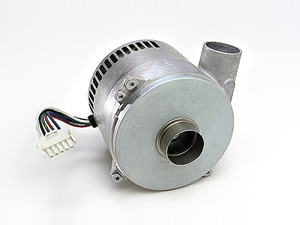 Blowers
Blowers Conveyors
Conveyors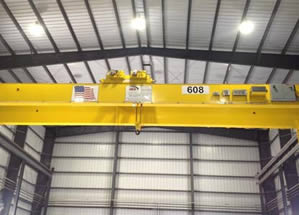 Cranes
Cranes Deburring Machinery
Deburring Machinery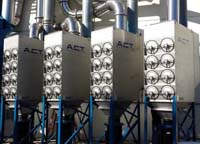 Dust Collectors
Dust Collectors Heaters
Heaters Hose Reels
Hose Reels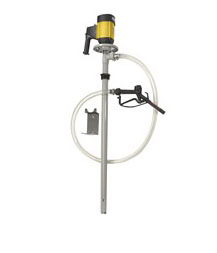 Lubricators
Lubricators Mezzanines
Mezzanines Modular Buildings
Modular Buildings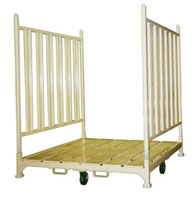 Storage Racks
Storage Racks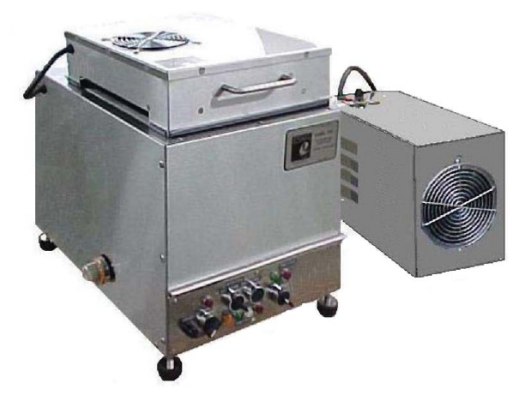 Ultrasonic Cleaners
Ultrasonic Cleaners Work Benches
Work Benches